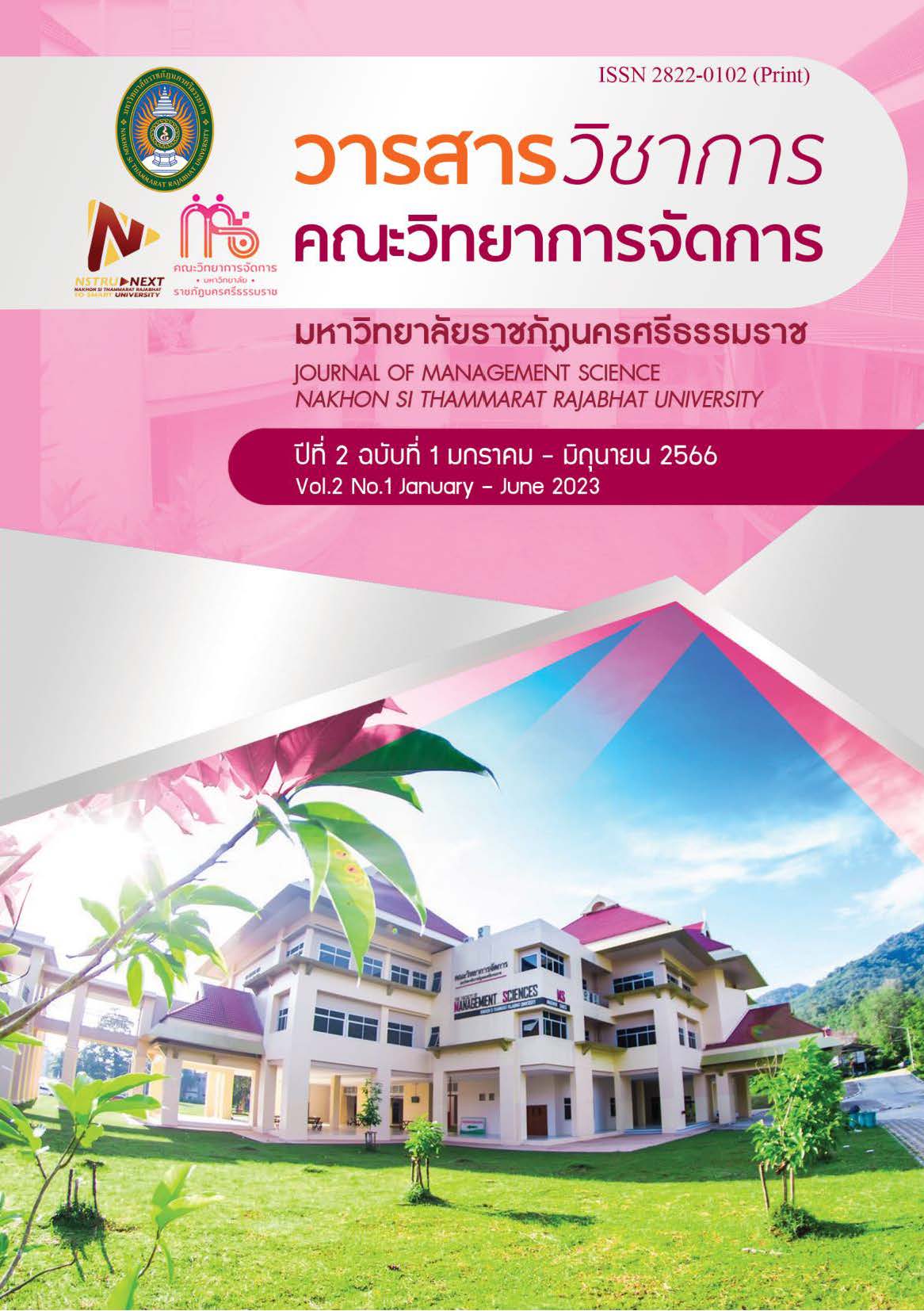Blended Learning in the Digital Age
Keywords:
Blended learning, Digital ageAbstract
Blended Learning is a form of learning process that is consistent and suitable for adapting to current social situations. Digital technology plays an essential role in life and a combination of different learning styles. However, the main components of the learning styles are teaching and learning in a classroom with the interaction between students and teachers, learning through technology, self-study, and learning from experience. The advantages of blended learning are: 1)Responding to the aptitudes of different learners, resulting in equal learning; 2) Responding to a society where technology is an important factor; 3) Maximizing the potential development of both teachers and students; 4) Cost savings in education management, and 5) Being able to integrate with credit bank system, MOOCs, and lifelong learning support. The critical factors for learning success are: 1) Teachers must have various abilities in both subject content and technology applications, 2) Learners must be ready and have understanding, 3)
Educational institutions must provide the support, and 4) Availability of resources, especially computer equipment, software, and network connections. Moreover, students are familiar with the teaching and learning conditions in the classroom and school and the use of technological tools to communicate in daily life. Therefore, blended learning is an appropriate integration and a guideline for education management for present and future societies.
Downloads
Published
How to Cite
Issue
Section
License
Copyright (c) 2024 Journal of Management Science, Nakhon Si Thammarat Rajabhat University

This work is licensed under a Creative Commons Attribution-NonCommercial-NoDerivatives 4.0 International License.
ลิขสิทธิ์






